Sonus Paradisi
Segovia, 1772 [Hauptwerk]
Segovia, 1772 [Hauptwerk]
Não foi possível carregar a disponibilidade de recolha
One of the largest organs from the baroque period preserved in Spain: This instrument represents the climax of the Iberian organ building style.
As is true for all old Spanish organs, Segovia is an organ with quite a narrow use. But for that particular use - the vast musical repertoire of the Spanish baroque - it is extraordinary for its rich stop list, range of sound colors and effects, and especially for its enormous echo possibilities. The organ has two facades, creating a pronounced echo effect when the Organo Mayor plays towards the listeners in the quire (the front facade of the instrument), while the Organo Respaldo sounds in the opposite direction from the quire into the side isle (so the listeners in the quire hear only reflections off the side vaults and walls). Several stops, namely the Flautat, Trompeta batalla and Duzaina, are mounted directly on the rear facade, providing the most distant tone to the audience and creating a dramatic contrast to the facade reeds of the Organo Mayor. The effect could hardly be greater. It is also worth noting that it was the Echevarria organ building family who used horizontal facade reeds for the first time in the world.
In addition to the Organo Mayor and Organo Respaldo, the organ has a Cadereta division located deep inside the base of the organ case and capable of creating another kind of an echo. The original contract gives a detailed description of what the Cadereta's design should be in order to respond properly to echo each register of the Organo Mayor. The Cadereta is enclosed in a box that can be opened via an unbalanced pedal to the left of the pedalboard. The Favot-Obue and the Violon of the Cadereta are not enclosed on the original instrument for practical reasons - the pipes are too high to be enclosed in the limited space available for the box. We have chosen to enclose them in the Hauptwerk model.
The pedal division has one flue stop with 9 diatonic pipes of 16-foot pitch. The Organo Mayor is permanently coupled to the pedal, but for greater versatility we have chosen to make the pedal 16' stop mutable via a dedicated switch on the Simple tab so that the pedalboard can be used to play the Organo Mayoralone. This may be useful when performing music written for short octave, where some left hand intervals are too great to play on a diatonic bass octave and the pedal must be used to "help" reach the bottom note. (Of course, Hauptwerk's native short-octave function can also be used with the model.)
The organ speaks on 74 mm of water column pressure. The temperament is 1/5 Pythagorean comma "with some proprietary modifications" according to Joaquin Lois. After analyzing the pitch of the recorded samples, the nearest temperament seemed to be a Schlick (Vogel) temperament, which is indeed close to a modified 1/5 comma meantone.
Presented to you by Leonart Studio, your authorised reseller for Sonus Paradisi in Switzerland (shipped internationally). Get your digitally sampled historical organs for the use with the Hauptwerk virtual instrument software.
Share this Sample Set
![Segovia, 1772 [Hauptwerk]](http://artful.shop/cdn/shop/files/ss_segovia1.jpg?v=1714213906&width=1445)
![Segovia, 1772 [Hauptwerk]](http://artful.shop/cdn/shop/files/ss_segovia2.jpg?v=1714213907&width=1445)
![Segovia, 1772 [Hauptwerk]](http://artful.shop/cdn/shop/files/ss_segovia3.jpg?v=1714213905&width=1445)
![Segovia, 1772 [Hauptwerk]](http://artful.shop/cdn/shop/files/ss_segovia4.jpg?v=1714213906&width=1445)
![Segovia, 1772 [Hauptwerk]](http://artful.shop/cdn/shop/files/ss_segovia5.jpg?v=1714213906&width=1445)
![Segovia, 1772 [Hauptwerk]](http://artful.shop/cdn/shop/files/ss_segovia6.jpg?v=1714213905&width=1445)
![Segovia, 1772 [Hauptwerk]](http://artful.shop/cdn/shop/files/ss_segovia7.jpg?v=1714213907&width=1445)
![Segovia, 1772 [Hauptwerk]](http://artful.shop/cdn/shop/files/ss_segovia8.jpg?v=1714213907&width=1445)
Specification (stop list)
-
Manual I
Órgano Mayor
Mano Izquierda Mano derecha
Flautado de 26 Flautado de 26
Flautado de 13 Flautado de 13
Violón Violón
Octava Octava
Repiano IV 22ª Repiano IV 22ª
Nasardos V Nasardos V
Corneta VI
Flauta II
Trompeta real Trompeta real
Clarín de campaña Clarín de campaña
Clarín Clarín
Chirimía Trompeta Magna
Orlo Orlo
-
Manual II
Órgano de Respaldo
Mano Izquierda Mano derecha
Flautado de 13 Flautado de 13
Octava Octava
Docena Docena
Quincena Quincena
Lleno III 22ª Lleno III
Zímbala Zímbala
Trompeta real Trompeta real
Trompeta de batalla Trompeta de batalla
Chirimía Trompeta Magna
Dulzaina Dulzaina -
Manual III
Cadereta (Eco)
Mano Izquierda Mano derecha
Violón Violón
Favot Obue
Tapadillo Tapadillo
Dozena Dozena
Quincena Quincena
Lleno III Lleno III
Zímbala III Zímbala III
Corneta V
Tiorba Clarín -
Manual IV
-
Pedal
Teclado de contras
Contras de 26 (plays diatonic tones C, D, E, F, G, A, B, H) -
Other specification
Accesories
Tambores en Re y La
Paxaros
Temblante dulce
Reunión de teclados III/II
History
The Segovia Cathedral organ was built by Joseph Echevarria in 1769-1772 on the north side of the quire (the Gospel side). It is his largest preserved instrument, and one of the largest organs from the baroque period preserved in Spain. The organ represents the climax of the Iberian organ building style. It was originally contracted with Pedro Echevarría, but was built by Joseph de Echevarría, because his father died soon after the work on the organ had begun. The gilded organ case was built by Juan Maurat. The importance of this particular instrument is attested by the sad fact that other major organs of the period (Sevilla, El Escorial, Palencia etc.) were drastically altered over the course of the centuries.
During the course of history, some stops were changed after the fashions of the times. The most significant changes were made in 1893 by Juan Otorel during an overhaul of the organ, but thankfully many of the removed original stops were preserved at the cathedral. These were used in the restoration performed by Joaquin Lois organbuilders in 2021. They restored the instrument to Echevarria's original state; almost all of the original Echevarria parts and materials were preserved, and most of them were found in excellent condition.
Features
The samples are offered in 48kHz/24bit resolution. The multiple releases have three levels: short, mid and long. Hauptwerk v4.2 and higher supported. The sample set is offered in a plain wave format, no encryption.
Reverb time
Huge, cavernous cathedral reverb. The reverb time is ca. 8 seconds.
Keyboards, pedalboard
The original compass of the keyboards is 51 keys, extendable to 54 keys via a mixer switch. The original compass of the pedal division is 13 diatonic keys.
Tremulants
Almost every rank was recorded with and without tremulant for the most convincing tremulant behavior. However, loading the authentic tremmed ranks consumes large amount of RAM. It is possible to select to use the artificial tremulant instead to save RAM (the switch is located on the mixer tab).
Surround format
The sample set is offered in a Surround variant (6 channels). There are two direct channels, two diffuse channels, two rear channels.
To reproduce the surround format, an audio card with at least 4 output channels is required, dedicating the direct and diffuse channels for the front speakers, and other two channels for the rear speakers.

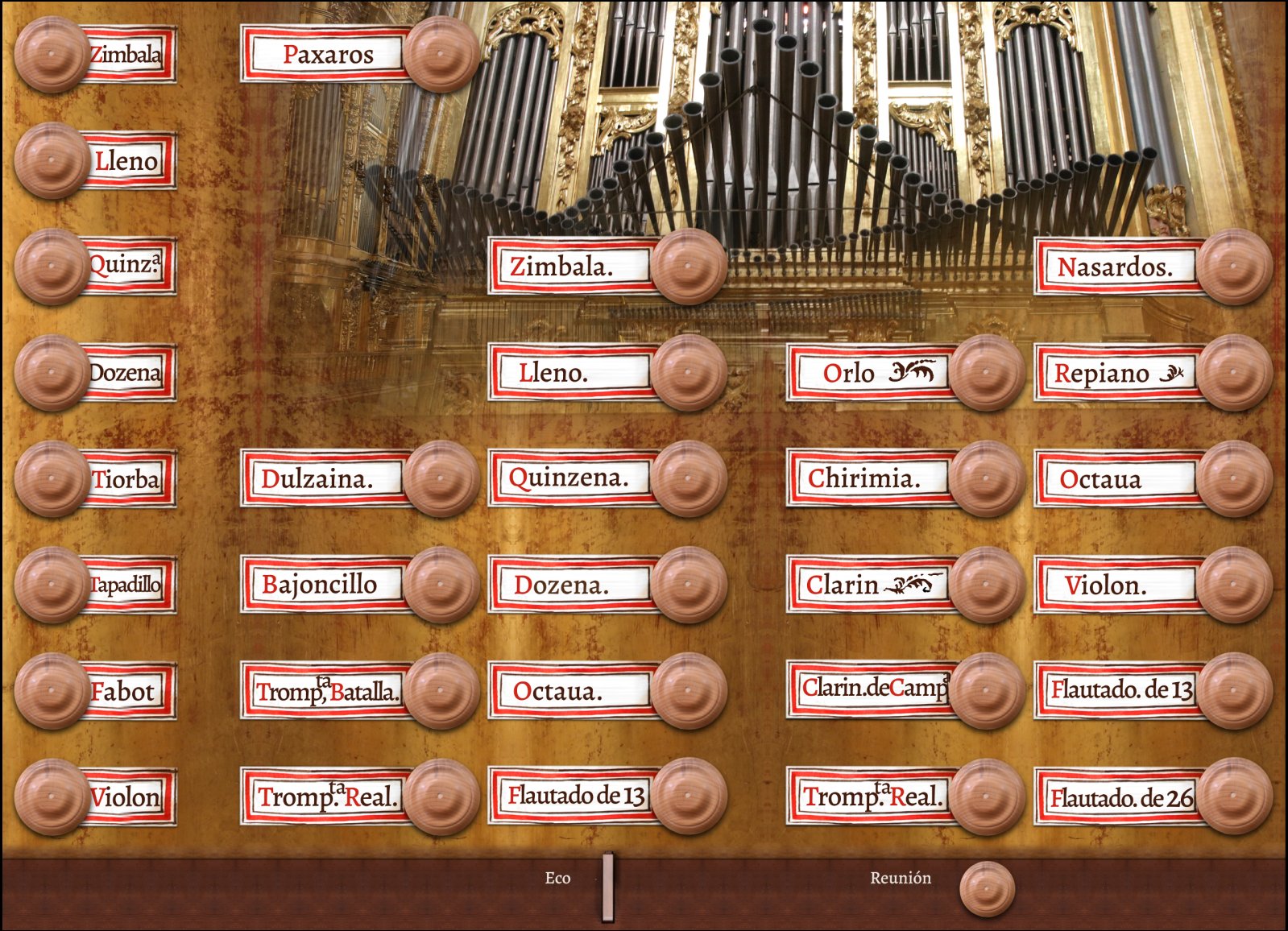


Requirements
Requirements
RAM consumption: 6-channel surround (all perspectives loaded)
16-bit, other settings default: 26 GB
20-bit, other settings default: 40 GB
24-bit, other settings default: 49 GB
* loading in 16-bit depth is not recommended due to high amount of digital hiss emerging, since the noise floor of the 16-bit depth is too high and very audible with the many samples sounding simultaneously.
Screen resolution 1280x1024 px or more.
Polyphony of 8.000 voices recommended for the full suround.
This Hauptwerk Sample Set is presented to you by Leonart Studio, an authorised reseller for the manufacturer Sonus Paradisi in Switzerland (shipping internationally). Enjoy this digitally sampled organ library for the use with Hauptwerk software and start expanding your historical organ collection today.
More Hauptwerk Sample Sets
-
Casavant, 1995 [Hauptwerk]
Fornecedor:Sonus ParadisiPreço normal CHF 174.90Preço normalPreço unitário / por -
Reuter, 1928 [Hauptwerk]
Fornecedor:Sonus ParadisiPreço normal CHF 473.00Preço normalPreço unitário / por -
![Rotterdam Hoofdorgel, 1973 [Hauptwerk]](//artful.shop/cdn/shop/files/ss_RotterdamMain1.jpg?v=1693279529&width=533) Em promoção
Em promoçãoRotterdam Hoofdorgel, 1973 [Hauptwerk]
Fornecedor:Sonus ParadisiPreço normal A partir de CHF 330.00Preço normalPreço unitário / porCHF 958.10Preço de saldo A partir de CHF 330.00Em promoção -
![Groningen, 1450-1740 [Hauptwerk]](//artful.shop/cdn/shop/files/ss_Groningen1.jpg?v=1693275425&width=533) Em promoção
Em promoçãoGroningen, 1450-1740 [Hauptwerk]
Fornecedor:Sonus ParadisiPreço normal A partir de CHF 658.90Preço normalPreço unitário / porCHF 1,681.90Preço de saldo A partir de CHF 658.90Em promoção -
Goerlitz, 2006 [Hauptwerk]
Fornecedor:Sonus ParadisiPreço normal A partir de CHF 328.90Preço normalPreço unitário / por -
Bückeburg, 1997 [Hauptwerk]
Fornecedor:Sonus ParadisiPreço normal A partir de CHF 1.10Preço normalPreço unitário / por -
Brasov, 1839 [Hauptwerk]
Fornecedor:Sonus ParadisiPreço normal CHF 418.00Preço normalPreço unitário / por -
![St. Omer, 1717-1855 [Hauptwerk]](//artful.shop/cdn/shop/files/ss_omer1.jpg?v=1692904128&width=533) Em promoção
Em promoçãoSt. Omer, 1717-1855 [Hauptwerk]
Fornecedor:Sonus ParadisiPreço normal CHF 323.40Preço normalPreço unitário / porCHF 410.96Preço de saldo CHF 323.40Em promoção -
Stellwagen organ, St. Marien, Stralsund (1659)
Fornecedor:Sonus ParadisiPreço normal CHF 858.00Preço normalPreço unitário / por -
![Clavichord Model [Hauptwerk]](//artful.shop/cdn/shop/files/ss_clavichord.jpg?v=1724310155&width=533) Esgotado
EsgotadoClavichord Model [Hauptwerk]
Fornecedor:Sonus ParadisiPreço normal CHF 33.00Preço normalPreço unitário / por

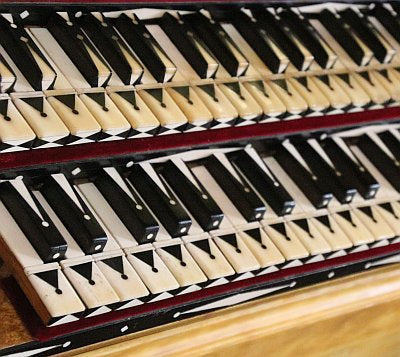
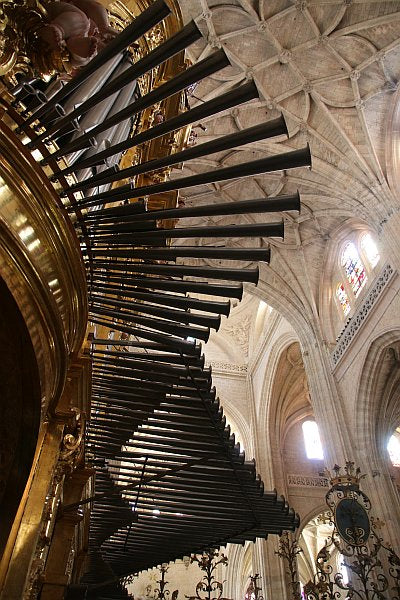
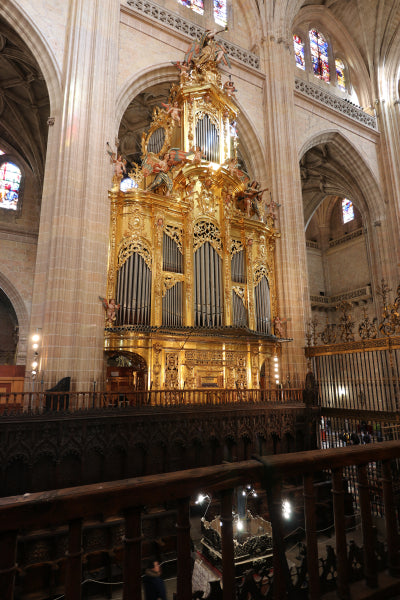

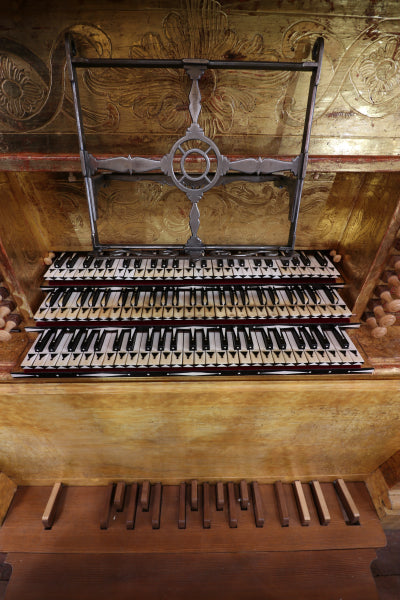



![Casavant, 1995 [Hauptwerk]](http://artful.shop/cdn/shop/files/ss_casavant1.jpg?v=1693319885&width=533)
![Reuter, 1928 [Hauptwerk]](http://artful.shop/cdn/shop/files/ss_Reuter1.jpg?v=1693321024&width=533)
![Rotterdam Hoofdorgel, 1973 [Hauptwerk]](http://artful.shop/cdn/shop/files/ss_RotterdamMain1.jpg?v=1693279529&width=533)
![Groningen, 1450-1740 [Hauptwerk]](http://artful.shop/cdn/shop/files/ss_Groningen1.jpg?v=1693275425&width=533)
![Goerlitz, 2006 [Hauptwerk]](http://artful.shop/cdn/shop/files/ss_goerlitz1.jpg?v=1692995837&width=533)
![Bückeburg, 1997 [Hauptwerk]](http://artful.shop/cdn/shop/files/ss_bueckeburg1.jpg?v=1692967628&width=533)
![Brasov, 1839 [Hauptwerk]](http://artful.shop/cdn/shop/files/ss_brasov1.jpg?v=1692967057&width=533)
![St. Omer, 1717-1855 [Hauptwerk]](http://artful.shop/cdn/shop/files/ss_omer1.jpg?v=1692904128&width=533)
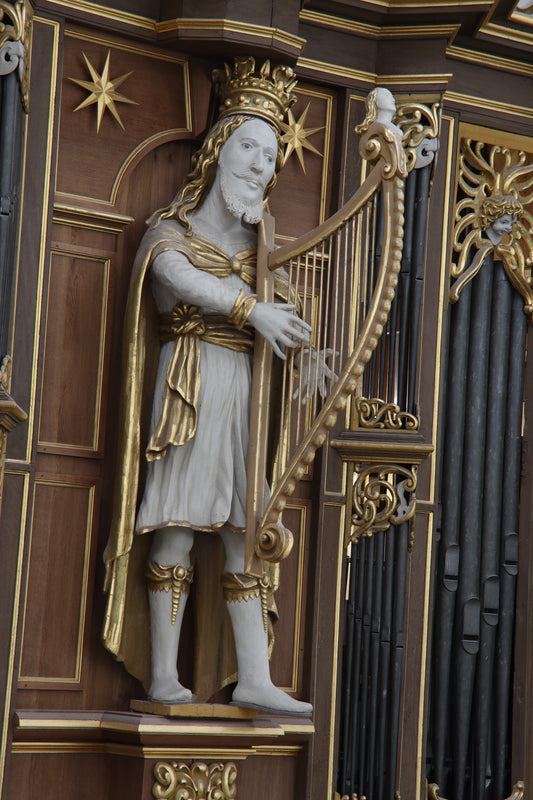
![Clavichord Model [Hauptwerk]](http://artful.shop/cdn/shop/files/ss_clavichord.jpg?v=1724310155&width=533)